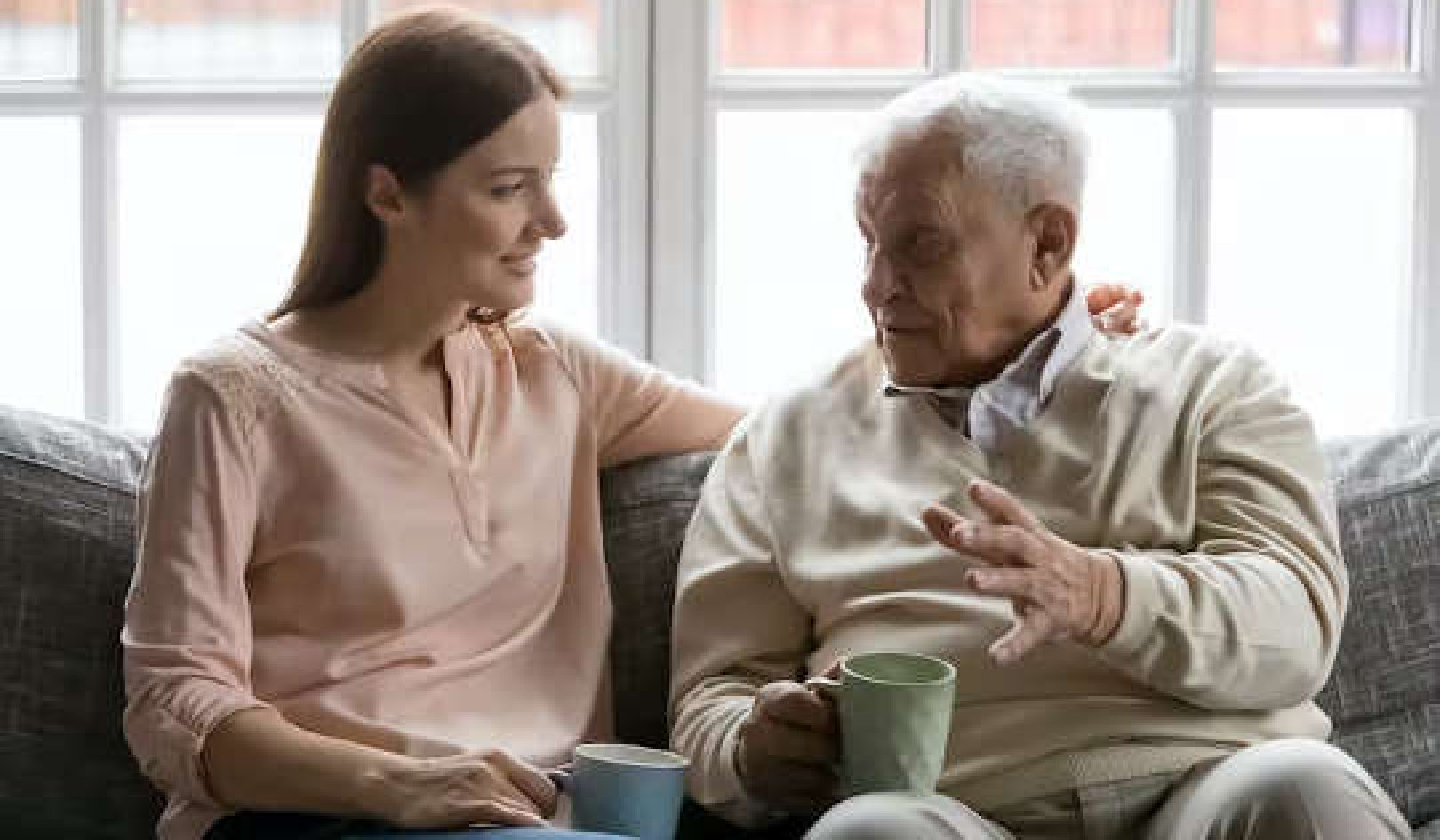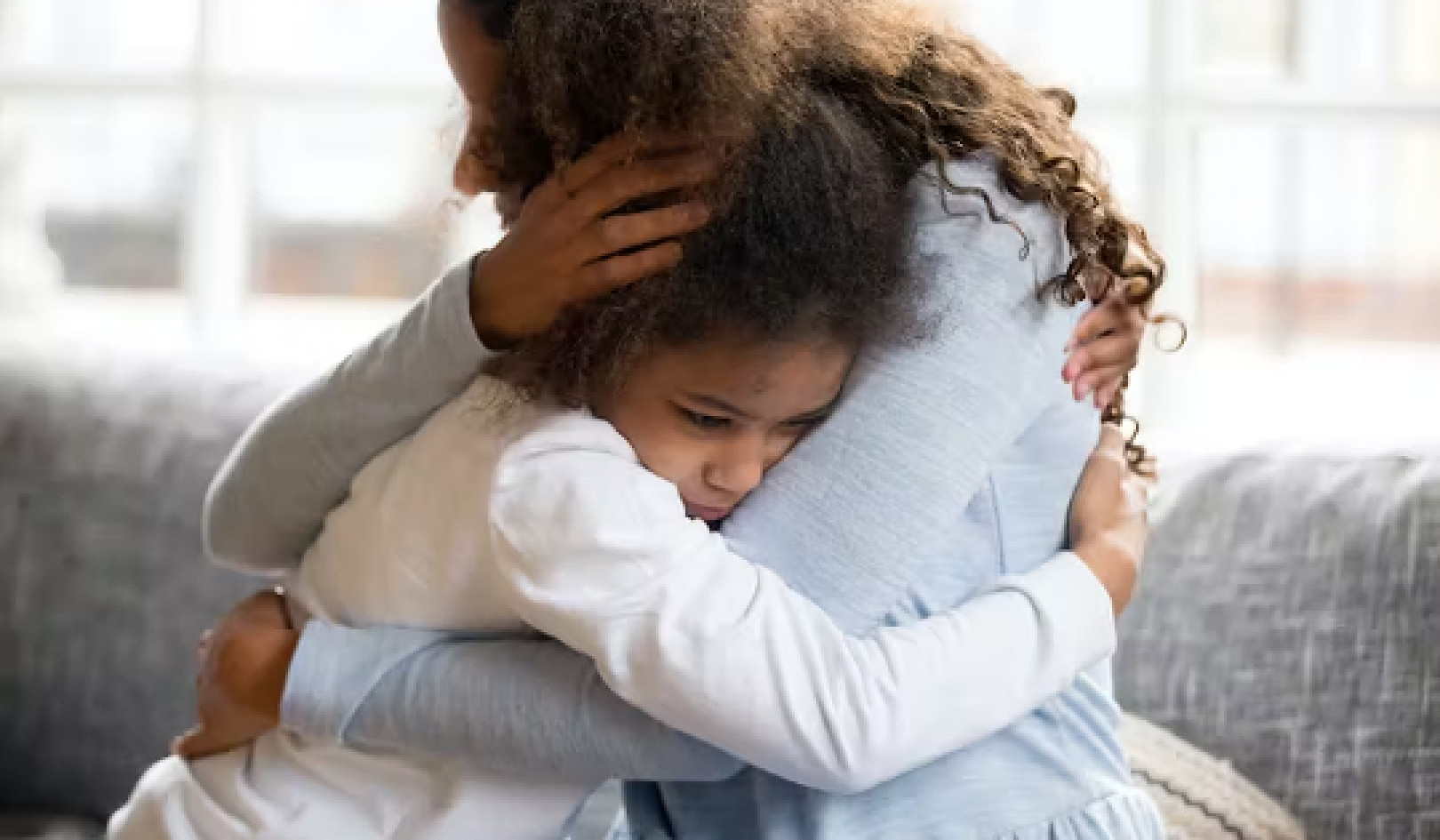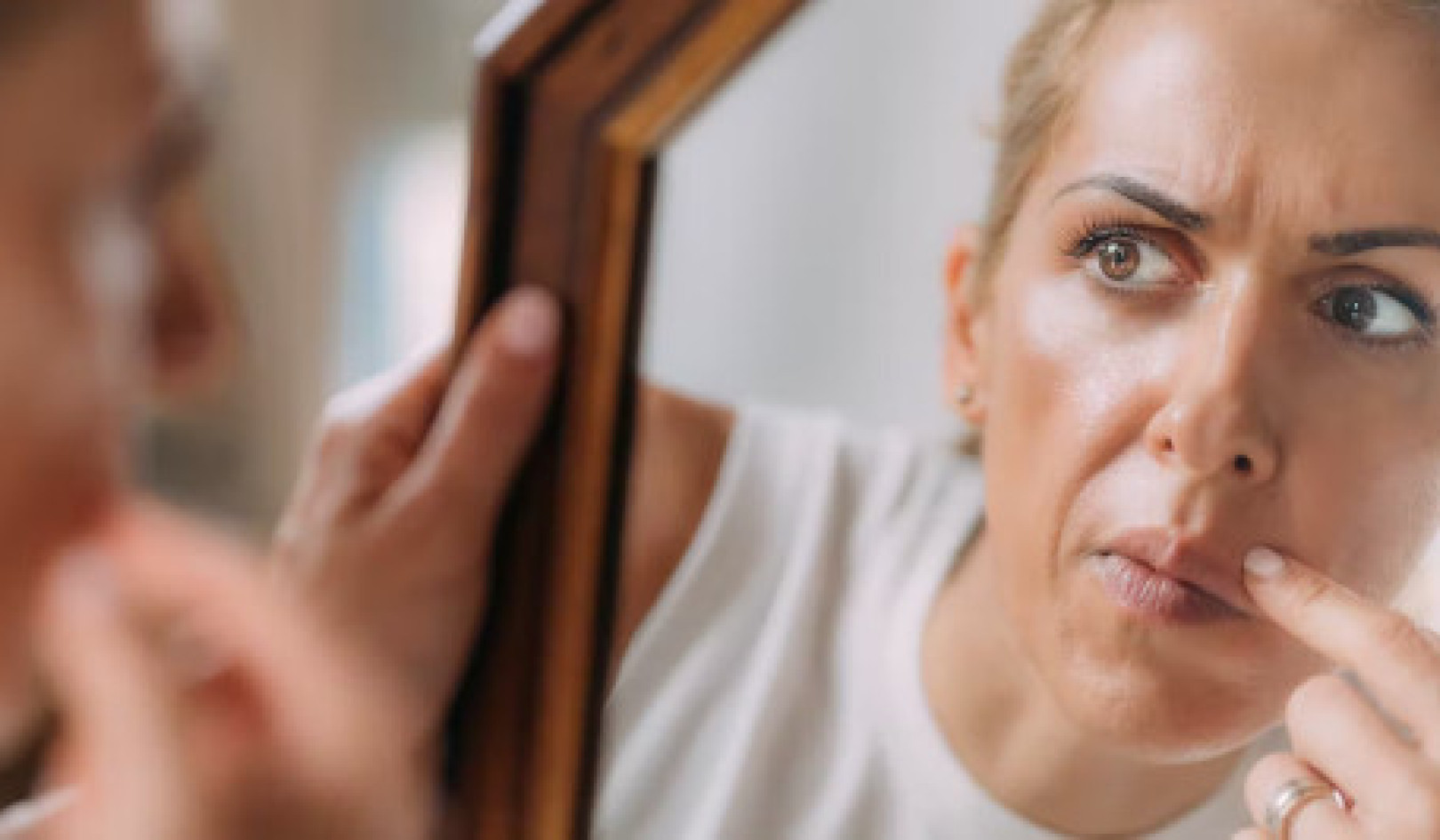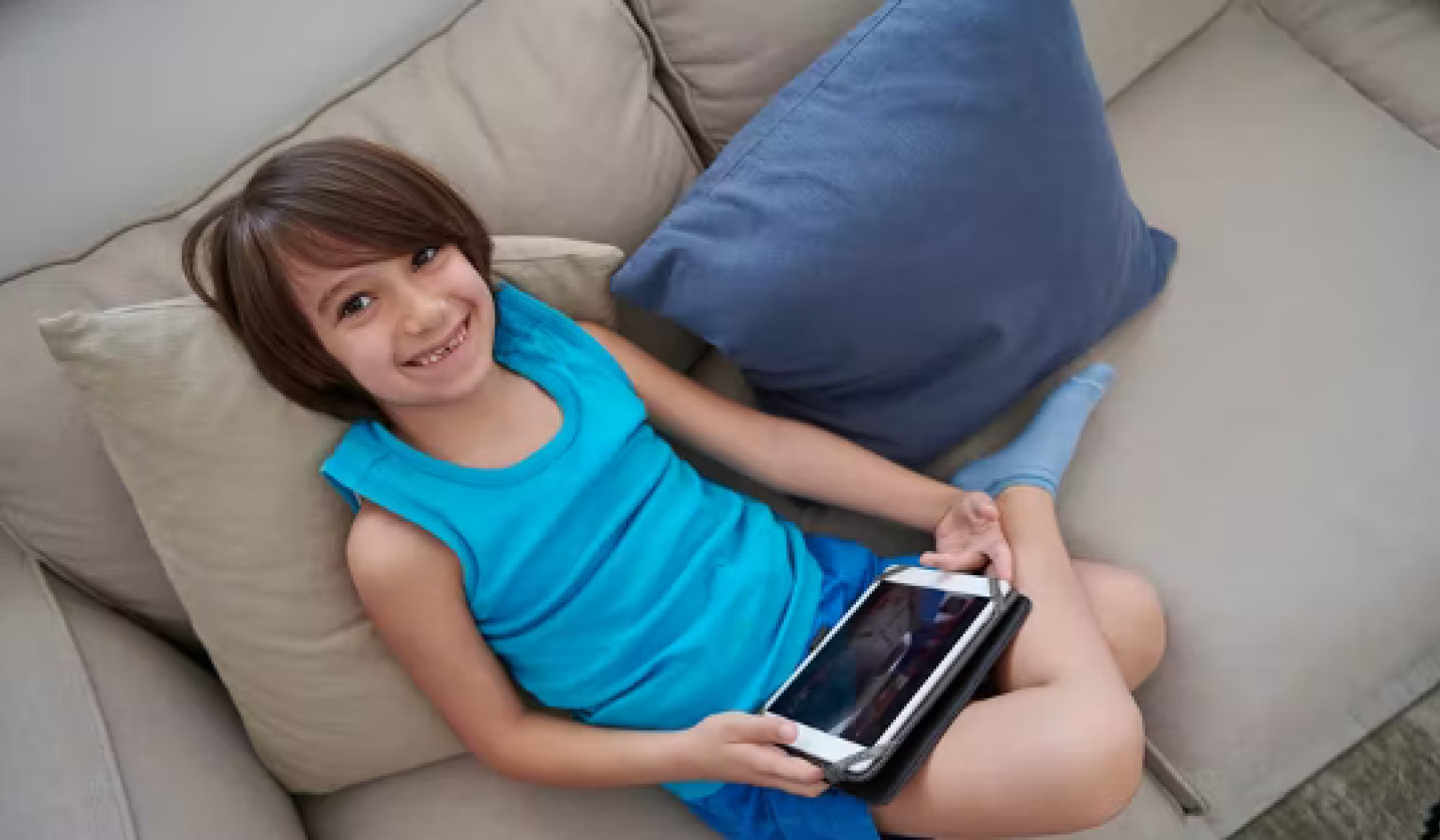
Closeness is a fundamental yet little understood aspect of relationship health. It is instrumental in making a relationship feel satisfying and secure. In fact, it wouldn’t be wrong to say that closeness is the foundation of all stable and functional relationships — romantic, familial, platonic, and business.
Yet one of the beliefs our society holds most dear is that relationships are complicated. Not just romantic relationships, either — all relationships are fraught with intractable complexities. Watch any movie, read any novel, and you’ll begin to believe that even the best relationships are balancing on the edge. Your boyfriend becomes your husband, and suddenly you feel trapped. Your coworker becomes your boss, and now your relationship feels different. One wrong move, and your best friend could become your worst enemy.
Are Relationships Really Confusing?
We accept this notion implicitly, but isn’t it a bit odd, when you think about it? Why would we believe that all relationships, even the ones we perceive as most solid, are teetering on the brink of calamity? Are relationships really this confusing?
“I love him. He just doesn’t get me at all.”
“I definitely want to marry her. I’m just worried we don’t care about the same things.”
“My mom is my best friend. She just can’t really say anything nice.”
People from all walks of life struggle with this cognitive dissonance.
Can I love my girlfriend but deeply disagree with her choices?
Can family really be most important if mine doesn’t accept me?
Can I care about my business partner but not fully trust him?
These questions all point toward the same, bigger question: Can relationships ever be easy and simple? Yes, they can...when they are rooted in a foundation of closeness.
Sharing the Feeling of Closeness
Closeness is a simple principle: it is the experience of having direct access to another person’s inner world. When you have this access to another’s inner world — and she has access to yours — you share the feeling of closeness. A person’s inner world includes her thoughts, feelings, beliefs, preferences, rhythms, fantasies, narratives, and experiences.
When two people are close, he knows her beliefs and can easily speak to them. She recognizes his rhythms and can easily move in time with him. He can feel her feelings. She knows what he’s thinking. Your inner worlds are — metaphorically — close enough to touch.
The more you gain access to someone’s inner world (and she to yours), the closer the relationship with that person becomes. The more closeness you generate, the farther you move away from feeling distant. And since loneliness is essentially sadness caused by distance, the more access you gain to another person’s inner world, the less lonely you will feel. In other words, closeness works as the antidote to loneliness by nullifying distance and the sadness that comes with it.
Knowing and Caring
Though it may sound like it, closeness is not magic. The process of gaining access to another person’s inner world takes place because of specific efforts: the work of knowing each other and caring about each other.
Here I’d like to note that I’m using knowing and caring in their verb forms (as opposed to the static “I know you” and “I care about you”). Knowing and caring must be done, over and over again. You can’t get to know someone well at one moment in his life and expect to still feel close to him ten years later. A longterm close relationship requires regular participation in the acts of knowing and caring.
Knowing — the kind that generates closeness — is the act of understanding another person from that person’s own perspective. It’s the ability to recount another person’s experience of the world in his own words. Knowing someone well creates the cognitive component of closeness. It is the thing that, over time, allows you to sit next to your business partner and know exactly what she’s thinking.
False Knowing
This way of knowing is substantially different from how we usually “know” people. We tend to think we know someone when we’ve interacted with him a lot and formulated a theory about “how he is.” Howard is a pushover. Ashley is always late. Jenny can’t control her temper. Luke is a really nice guy.
This kind of false knowing will not generate closeness. It’s false because an objective, omniscient picture of “how Jenny is” doesn’t exist (or if it does exist, it’s unknowable to any of us). We only have our experience of how Jenny is. When you tell the tale of how another person is from your perspective, you’re making him or her into a character, a player in your own life story. This way of knowing does not bring you closer because it is really all about you.
Let’s consider Ashley, a friend who’s always late. You can think you know how she is because you know she’s late a lot. But you don’t really know Ashley until you can describe her experience of her lateness from her perspective. From her perspective, she often ends up running late because she tries to do too much. She thinks she can get that second load of laundry done or write that tenth email before heading out the door. Your version of the story is “Ashley is always late.” Her version is “I always try to do too much.”
Knowing in this way is a powerful tool for creating closeness, because once you’re able to see your friend’s experience from her perspective, she can trust that if she lets you into parts of her inner world — her beliefs, narratives, preferences — you won’t misinterpret them. The feeling of being misunderstood or misrepresented (“Ashley is always late. Howard is a pushover.”) is one of the main factors that drive people apart. Feeling truly known, however, brings people together.
Caring About the Whole Person
Feeling truly cared about also brings people together and mitigates loneliness. Caring — the kind that creates closeness — means being able to feel and show that the other person’s well-being matters to you. Well-being encompasses the whole person, from his health and safety to his fulfillment and happiness. Caring about the whole person creates the emotional component of closeness. It is what allows you to look into your sister’s eyes and feel what she’s feeling.
The first aspect of caring — feeling the feeling of caring — starts with empathy. For many of us, this comes quite naturally. It can be very hard to watch someone you know well go through a struggle and not feel some empathy. If empathizing comes easily for you, it’s a skill that will greatly benefit you in your pursuit of closeness.
Feeling the feeling of caring extends beyond simple empathy, though. It also means feeling the importance of another person’s health and happiness. It means you feel the gravity — the weight — of caring about his well-being. Feeling this sense of importance will ultimately move you into the second phase of caring: showing the other person you care.
Showing You Care by Noticing & Communicating
Many of the ways we attempt this second phase — showing someone we care — are fraught with problems. It is in this phase where caring frequently falls apart in relationships because we’ve all learned lessons about how to show concern that are ineffective in creating closeness. In your own life, you’ve likely found that moments when you feel truly cared about are few and far between. Let’s talk about why.
Many of us have been taught to show caring by worrying about the other person, which doesn’t truly create closeness because it prompts her to prove that everything is okay with her to ease your discomfort. In addition, we may try to show caring through advising or attempting to fix the other person’s problems, which doesn’t work for creating closeness because it places you in a superior position, the one who can fix things, seeding resentment in the other person.
Real closeness requires you to adopt a new perspective on showing care in which you actively pay attention to another person’s well-being and then tell her what you see. You pay attention to how he’s doing, then let him know what you’ve noticed. It is not sharing your worries about what you’ve noticed. It is not trying to fix what you’ve noticed. It’s just expressed, thoughtful noticing.
Showing care really is that simple. And luckily, because it is that simple, we can do it in many more contexts than we normally find appropriate for showing care. We can easily show our care in this new way at work, for example. Let’s say you notice that one of your coworkers, who’s usually gregarious, is unusually quiet one day. Showing care would entail stopping by her desk and sharing your observation: “Nancy, I noticed you’re extra quiet today. You doing okay?”
A simple, interested observation, coupled with an invitation to share, is appropriate in any context. Though caring is an emotional experience, to be sure, it doesn’t have to be “intimate” in the way we usually understand the word. It’s just noticing and communicating interest in how another person is doing. You can absolutely be professional and still care.
Creating An Unshakable Bond Of Closeness
Caring in this way is a powerful tool for creating closeness because it demonstrates a desire not only to know about someone’s deepest inner self but also to value it. You show your spouse, friend, sister, or colleague that you care enough to notice what’s going on in his or her life. Caring is, in many ways, the ultimate form of validation. Coupled with knowing, it produces an unshakable bond.
Knowing and caring can each be practiced on their own, but both are required to create true closeness. Without knowing, you may believe that a certain person cares about you but that he doesn’t really “get” you — a type of caring that is easily dismissed. Without caring, you may feel mentally connected to another but feel emotionally neglected. In other words, you may feel understood, but you won’t feel like you matter.
Caring without knowing often presents itself as annoyance and dismissiveness:
“I know my dad loves me, but he doesn’t actually understand anything about my life.”
Knowing without caring often shows itself as sadness and hurt:
“How can my best friend — who knows literally everything about me — not realize that I’m suffering?”
Knowing and caring are a powerful combination. They create the feeling that another person not only knows your deepest, truest self, but is actively engaged in keeping your deepest, truest self well. What more could we want from our relationships?
©2016 by Kira Asatryan, All Rights Reserved.
Reprinted with permission of the publisher,
New World Library, Novato, CA 94949. newworldlibrary.com
Article Source
 Stop Being Lonely: Three Simple Steps to Developing Close Friendships and Deep Relationships
Stop Being Lonely: Three Simple Steps to Developing Close Friendships and Deep Relationships
by Kira Asatryan.
Click here for more info and/or to order this book.
Watch a video and book trailer.
About the Author
 Kira Asatryan is a certified relationship coach who provides individual life coaching, relationship coaching, conflict mediation, and couples’ coaching. She also trains Silicon Valley startups to work cohesively. Prior to becoming a full-time relationship coach and writer, she ran marketing campaigns across major platforms including Facebook, Twitter, and Google Search. She is a popular blogger on Psychology Today and other sites. Visit her at www.StopBeingLonely.com
Kira Asatryan is a certified relationship coach who provides individual life coaching, relationship coaching, conflict mediation, and couples’ coaching. She also trains Silicon Valley startups to work cohesively. Prior to becoming a full-time relationship coach and writer, she ran marketing campaigns across major platforms including Facebook, Twitter, and Google Search. She is a popular blogger on Psychology Today and other sites. Visit her at www.StopBeingLonely.com

























